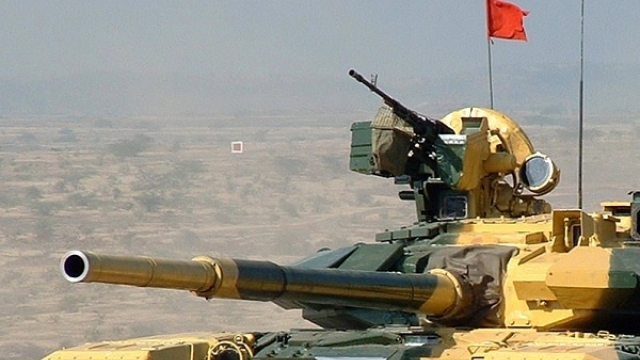The Indian government has recently unveiled the long-awaited ‘Strategic Partnership’ policy for defence production. This policy is aimed at creating and nurturing an ecosystem for private defence manufacturing in India. The government has all along insisted that the defence industry would be a centrepiece of Make in India. Strategic partnerships with select Indian firms have long been regarded as essential to enabling significant private sector participation in defence manufacturing. Over a decade ago, a committee led by Vijay Kelkar recommended that the government should identify certain firms based on their technical, managerial and financial strength as ‘champions’ or ‘Raksha Udyog Ratna’ and circulate tenders for major systems to these firms. A subsequent committee was constituted led by Probir Sengupta identified 13 Indian firms that could be designated along these lines.
But the government of the day baulked at the thought of being seen as favouring some companies over others. This concern was overblown and it effectively stymied private sector participation in defence. Although the NDA government has taken its time to approve the policy, it has done well in thinking through its underlying rationale as well as the practical steps needed to unleash the Indian private sector in this critical domain. Nevertheless, there are some lingering problems that the government will need to address as it moves along.
The policy envisions strategic partnerships as “not just a sound economic option but a strategic imperative”: to pare down our dependence on imports and move towards self-sufficiency in defence manufacturing. It rightly maintains that only by developing a tiered ecosystem of defence production, including MSMEs, can this industry become a mainstay of manufacturing in India. The policy acknowledges that there are few Indian private players with experience in integrating complex defence systems and sub-systems. Hence, it seeks to provide a framework for nurturing such capabilities over time.
In the initial phase, the government will identify one Indian private entity as a strategic partner to manufacture one major system: single-engine fighter aircraft, helicopters, submarines, and armoured vehicles. This at once caters for the systems most needed by the armed forces and encourages specialisation among Indian firms. The strategic partner will be picked through a well-defined process that will include an assessment not just of the technical capabilities of the entity, but also its plans for indigenisation over time and its ability to foster a network of domestic suppliers. Ultimately, though, the selection of the SP will be based on “the price quoted”. L1 will remain the final arbiter.
In parallel with this process, the government will also prepare a short list of foreign Original Equipment Manufacturers (OEMs) with whom the aspiring strategic partners can tie up for technology transfer. The main criterion on which the OEMs will be identified is the extent of technology they are willing to pass on. The joint ventures between a strategic partner and an OEM cannot, however, have more than 49% FDI. They must be owned and controlled by resident Indian citizens. The OEMs, for their part, must obtain prior licence for technology transfer from their own governments.
These provisions are likely to prove onerous. For one thing, the FDI ceiling of 49% will give pause to foreign manufacturers in tying up with Indian firms. If the experience of the past few years is anything to go by, then OEMs will be reluctant to transfer significant technology for production in India under an arrangement that gives them insufficient control. To be sure, the policy does talk about protecting the property rights of OEMs. But this may not be sufficient assurance. What’s more, the governments of the OEMs may also be disinclined to permit significant technology transfer under these conditions.
In consequence, OEMs may choose to supply the advanced sub-systems and components from abroad while enabling the Indian strategic partner to manufacture only lower-end technology in India. On the flip side, the Indian firms may be uncomfortable with the idea of being forced to bear all the risks associated with the venture without commensurate control over key technology.
Firms on both sides have voiced such concerns in the past. Instead of brushing them aside, the Ministry of Defence could consider other options to circumvent the problem of foreign producers being majority stakeholders. The government could mandate that the control of the entity cannot be transferred without its concurrence, that it be managed and staffed exclusively by Indians. Such workarounds could help secure higher levels of technology transfer, which alone can ensure that the larger, strategic objectives of the policy are met.






